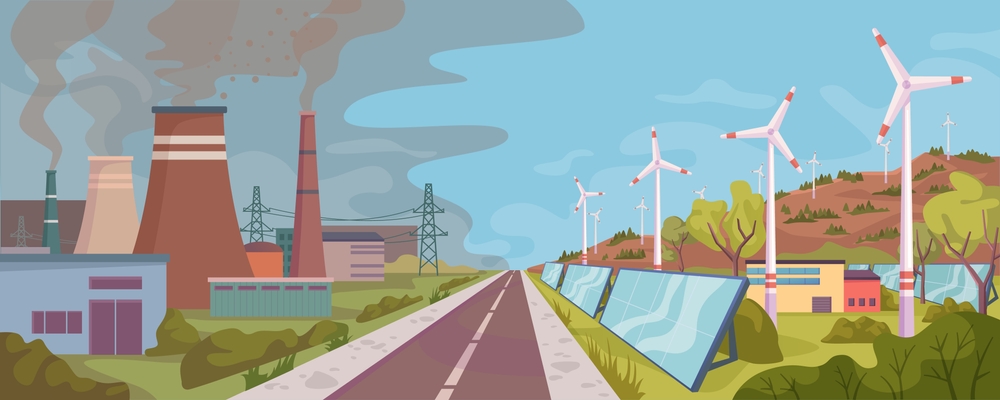
Electricity prices are rising faster than policymakers can devise solutions. And US consumers are feeling the pain, according to a new Heatmap Pro poll. More than half of the 3,700 voters surveyed say they feel the impact of electric price escalation.
This isn’t surprising, given that electricity prices rose twice as fast as inflation over the last 12 months. Where data centers are concentrated, prices increased as much as 267% over five years.
Finding policy solutions is proving daunting.
Lessons from Virginia
Virginia, which has the largest concentration of data centers in the nation, scored little success in its last legislative session in protecting consumers from data center-driven electricity price hikes.
Of the 33 unique bills filed to address data centers, only four passed, and only one of those makes any meaningful change — and it applies only to the electricity customers served by electric cooperatives. The law tries to insulate consumers by allowing cooperatives to spin off separate affiliates to serve data centers.
Meanwhile, the state’s largest utility, Dominion, is seeking a sizable rate increase before the State Corporation Commission — while also offering possible consumer protections.
For example, it’s a common belief that of the many data centers on the drawing board, only a percentage will actually be built. That means utilities could end up investing in a lot more power plants and transmission lines than they will ultimately need, resulting in stranded costs for ratepayers. To address the problem, Dominion wants big energy users to sign a 14-year contract, ensuring they pay even if their facilities use less power or no power at all. That idea is among the issues now under debate before the commission.
Virginia’s attempts to ease consumer price pressures assume the data centers will take most of their power from utilities. So far, many are opting for utility contracts, but with interconnection lines long, some are turning to other approaches. Distributed energy innovators are offering alternatives, such as microgrids, on-site energy, and demand flexibility — which offer the bonus of taking pressure off utilities, their ratepayers, and the grid.
BYOC
One distributed energy alternative was announced last week by California-based Voltus, a virtual power plant aggregator, which launched a “Bring Your Own Capacity” product for data centers.
Under the new program, Voltus will offer market-accredited capacity produced by virtual power plants. Data centers can use the credit to offset their capacity requirements.
This makes data centers “capacity enablers for the grid, not just consumers of power,” Dana Guernsey, CEO of Voltus.
Brian Janous, chief commercial officer of data center development company, Cloverleaf Infrastructure, points out that the approach offers an additional benefit — “a direct way for data centers to bring economic benefits to the community.” Local businesses or residents could earn income by participating in the virtual power plant, potentially engendering goodwill toward the data center.
Goodwill shortage
And data centers definitely need to figure out a way to spread some goodwill.
As Drew Briemer points out in a LinkedIn blog posted, the honeymoon is over for data centers when it comes to public acceptance. Communities are battling against them all across the US.
“The data center industry is now entering the same stage renewables did a decade ago. Growth is colliding with local skepticism, and the ability to build hinges on more than capital and engineering. It depends on social license—on credibility, trust, and partnership,” Briemer writes.
Subscribe to the free, weekly Energy Changemakers Newsletter. Or if you’d like more of our news and analysis, join our community, starting at only $59.99/year.



